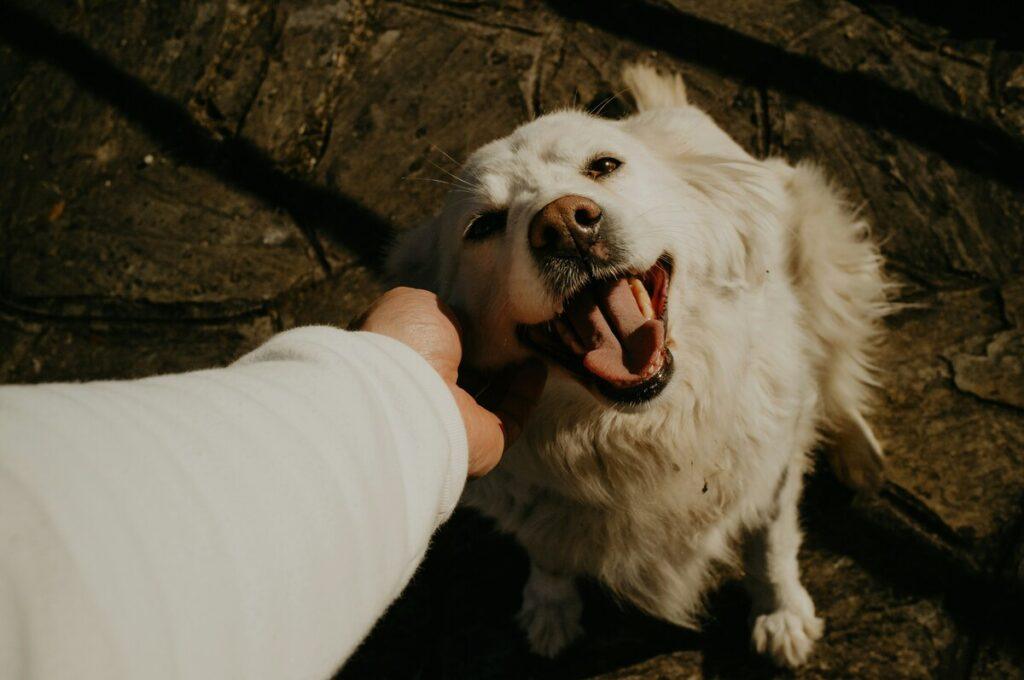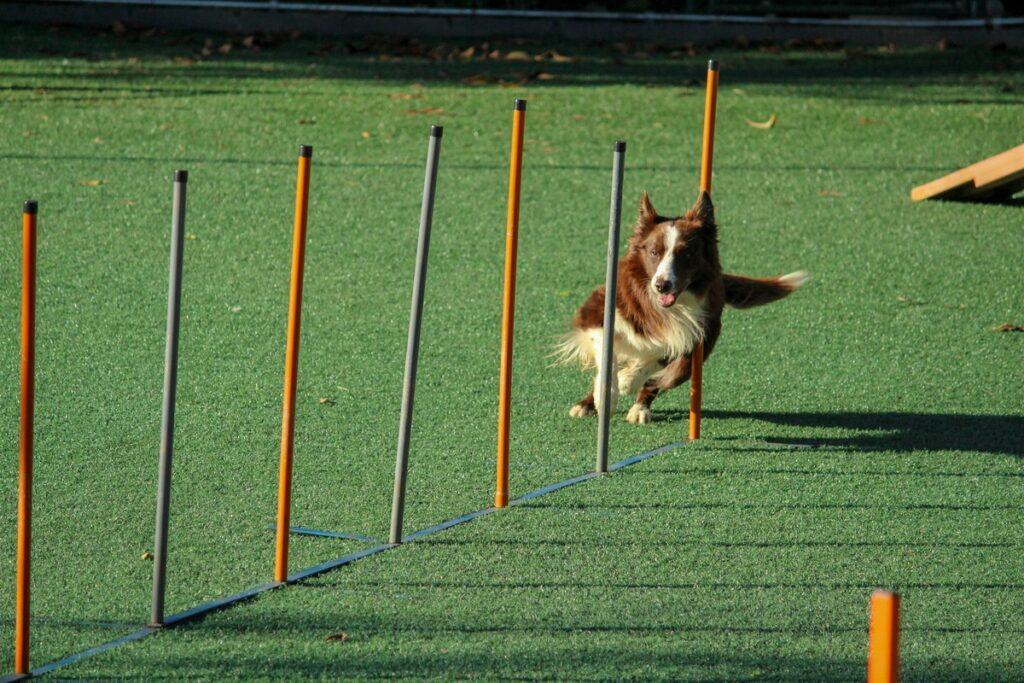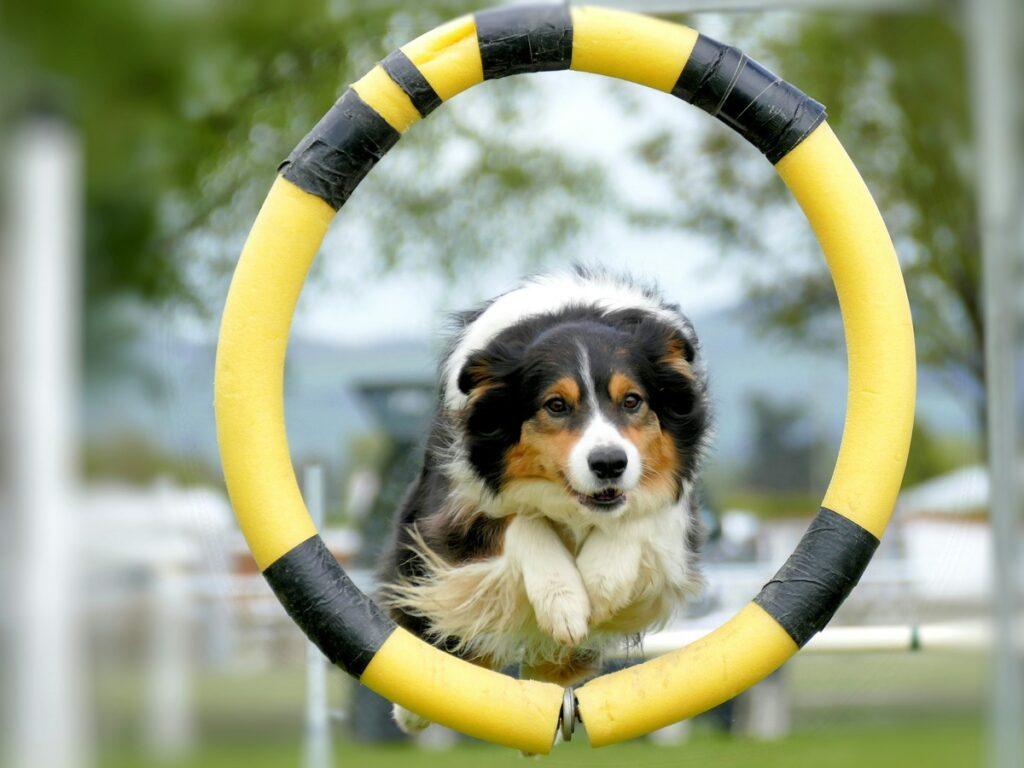How to train a deaf dog is a question more and more pet owners are asking today. Whether your dog was born deaf or lost hearing with age, training is not only possible — it can be incredibly rewarding. In this expert 2025 guide, you’ll learn how to communicate with your deaf dog, build trust, and implement positive reinforcement techniques that actually work — all without a single word spoken.
Table of Contents
- Understanding Deafness in Dogs
- Building Trust and Focus
- Essential Hand Signals for Deaf Dog Training
- Top Training Tips for Deaf Dogs
- Safety and Daily Routines
- FAQ
Understanding Deafness in Dogs
Deafness in dogs can be congenital (present at birth) or acquired through age, infection, or trauma. According to AKC, breeds like Dalmatians, Bull Terriers, and Boxers are more prone to genetic deafness.
Signs your dog may be deaf include ignoring verbal cues, not responding to noise, and being startled easily. A vet can confirm hearing loss using a BAER test.
Building Trust and Focus
Training a deaf dog starts with trust. Eye contact and focus are essential, and you’ll need to reinforce visual connection consistently. Use gentle touches and reward systems to establish security.
- Use gentle taps on the shoulder to get attention
- Reward eye contact with treats or clicker lights
- Establish a “look at me” signal early in training
Essential Hand Signals for Deaf Dog Training
Because verbal cues won’t work, hand signals become the primary language. You can use standard ASL signs or create your own gestures — consistency is what matters most.
- Sit: Palm facing up, lift hand
- Stay: Open palm, facing dog
- Come: Arms wide then close to chest
- No: Finger wag or shake head
Pro tip: Pair each hand signal with a facial expression and body language for stronger communication.
Top Training Tips for Deaf Dogs
Training a deaf dog may require more patience but can be just as effective. Positive reinforcement, consistency, and short, engaging sessions work best.
- Use vibration collars (not shock) to gently alert the dog
- Train in distraction-free environments first
- Use treats with high scent to keep interest
- Keep routines consistent — dogs love structure
See our full guide to dog training behavior tips for more reinforcement strategies.

Safety and Daily Routines
Deaf dogs can live normal, happy lives with just a few safety precautions:
- Use a leash or fenced yard — recall is visual, not verbal
- Attach an “I’m Deaf” tag to their collar
- Install motion-activated lights as training cues
- Train for desensitization to touch (especially when waking)
According to PetMD, with planning and patience, deaf dogs can achieve the same training milestones as hearing dogs.
FAQ
Can deaf dogs be trained?
Absolutely. They respond well to hand signals, touch, and routines.
Are vibration collars safe for deaf dogs?
Yes, as long as they are vibration-only and used gently for alerting.
Is training a deaf dog harder?
Not necessarily — it just requires different methods and more visual cues.
Final Thoughts
How to train a deaf dog opens the door to a deep, meaningful bond. With visual communication, clear signals, and consistent routines, deaf dogs can thrive just as much as hearing ones. Start with trust, add structure, and always celebrate progress — even the silent kind.



